Up the Hill
Beizama (ES) - Mention spéciale

PORTRAIT D'ÉQUIPE
INTERVIEW
Cliquer sur les images pour agrandir
1. How did you form the team for the competition?
Having been friends for years, we (Maria Dimitroudi, João Salsa, Sofia Stavrou) had already discussed the possibility of collaborating on a project. When the EUROPAN 16 competition was published, we saw it as a fruitful opportunity to work together on a topic that we are all interested in. Coming from different backgrounds and fields of focus regarding our architectural practices, we perceived this competition as a space of exploration and experimentation on our team’s dynamic.
2. How do you define the main issue of your project, and how did you answer on this session main topic, Living cities?
The main aspect of our design proposal was to actualize an innovative social residential model, one that combines multiple scenarios of working from home with the direct relation to the rural context, in such a way that the contemporary needs are introduced back into a dynamic and circular connection to nature. It was of great importance for us to maintain a balance between the intervention and the landscape, so that the project essentially becomes part of the village of Beizama, standing in dialogue with the environment, both natural and built. Our view on the topic Living cities focuses on introducing a hybrid dwelling typology that is set apart from the dense urban context, one that derives from the local building type of the baserri and combines the detached housing typology with the multiple apartment building. To reinvent living in the rural context means to create a generator of dwelling patterns that bears the potential of answering the question of how we can live together, all the while suggesting a dynamic relation between the resident and the natural environment that is not based on exploitation. Respecting the scale of the surroundings and the plot’s inclination, an interchange of private and common in-between spaces set on different levels is created, allowing strong interactions with both the outside and the others.
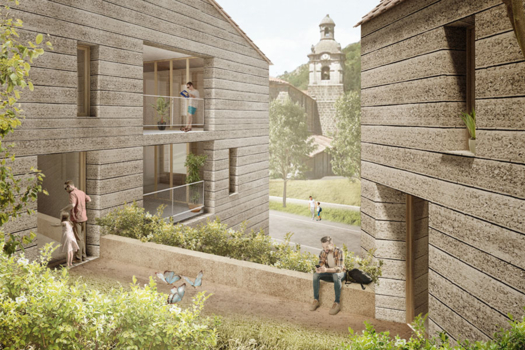
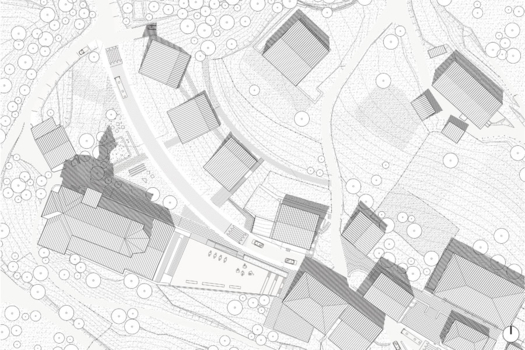
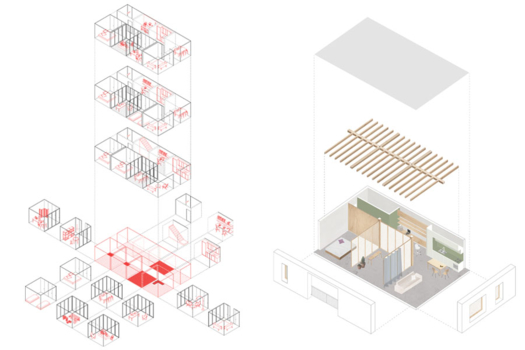
From the beginning, the landscape of Beizama and the challenging topographic parameters of the plot had a big impact on us. We thought that the site has a unique character that would be interesting to embrace and take into consideration as a distinct component of our proposal. We saw the potentiality of the steeped hill to weave and connect our building shells with a wild and raw character. Having this in mind, we tried to create a metabolic system where nature, living and working, as the three vital parameters, are in constant dialogue. The building shells, which emerge from the steeped hill, create the frame where the parameters can adapt their needs and re-establish their interactions according to their evolving qualities. In addition, we based our decisions on ecological and alternative materials, hybrid construction methods and special environmental strategies. The outcome we wanted to achieve was a proposal that can hold various life scenarios and be opened to transformations. Although each house has similar spatial qualities and in-between spaces, each of them can be expressed and formed in various ways depending on the users’ preferences. This plurality of living and productive spaces in coexistence with nature brings to the site a new model of cohabitation and where the interior and exterior defuse the collective unfolds.
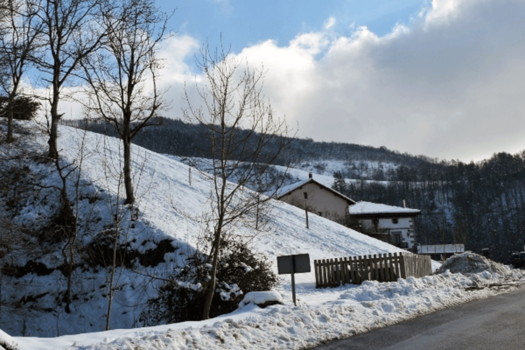
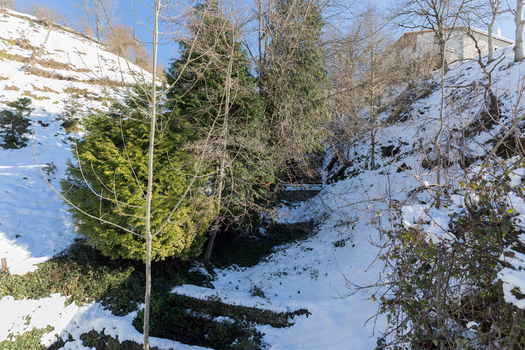
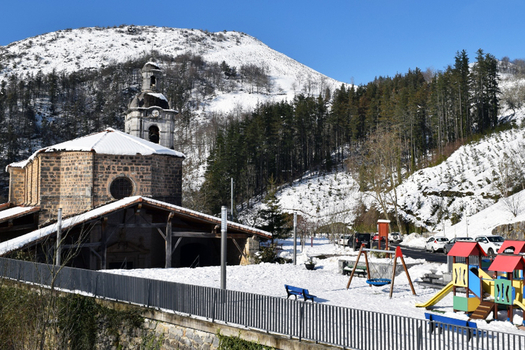
In one way or another, these issues have already emerged in our discussions and made their way on our drawing tables, especially during our academic years. When approaching this particular topic, we tried to gain a fresh perspective and employ a spatial vocabulary that stands in dialogue with the vernacular architecture of Beizama, while taking under consideration parameters such as the materiality and the unique character of the context. There weren't any reference projects that clearly inspired us, but, instead, the general intention and vision of the work of architects such Lacaton & Vassal.
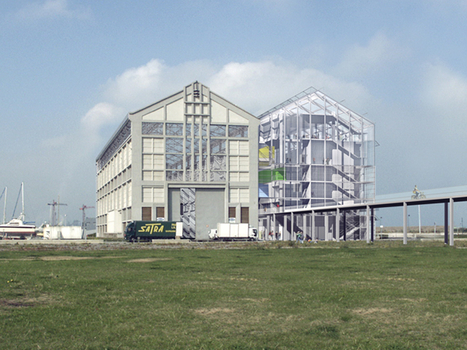
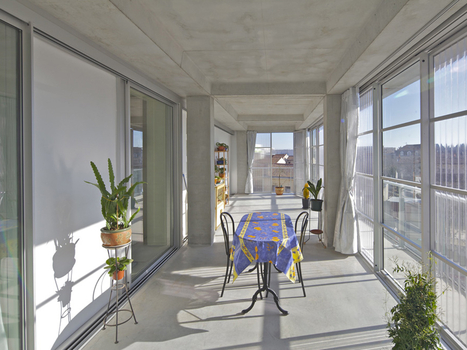
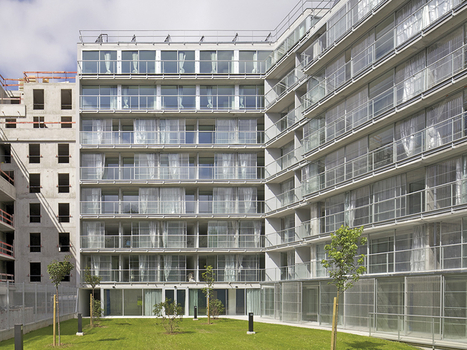
For our proposal to be feasible, we early on realized that we had to take under consideration a variety of parameters, including the active participation of the actors in the decision-making process. That is why we paid close attention to designing a solution that is subject to the building regulations and made an effort to conduct a step-by-step plan of the implementation procedure. Concerning the design itself, we proposed a spatial organization that allows for a certain kind of flexibility and adaptability within each housing unit, by negotiating the border between each clearly defined space, thus offering the opportunity for the realization of different scenarios according to the residents’ needs. The public spaces, both indoor and outdoor, are also designed in such a way so they can hold multiple uses and be further developed in collaboration with the actors involved.
6. Is it the first time you have been awarded a prize at Europan? How could this help you in your professional career?
Yes, it is the first time that we were awarded a prize, as well as the first time we participated in the EUROPAN competition. Having our work recognised gave us confidence to further push our boundaries and take up new challenges. As young professionals, we aspire that this prize could become a stepping-stone for us to open up towards a wider audience and introduce our work to other architectural practices that share our interests on the topics raised, initiating fruitful dialogues and forming an ideas-sharing platform.
IDENTITÉ DE L'ÉQUIPE
Agence : -
Fonction : architecture
Âge moyen des associés : 30 ans








